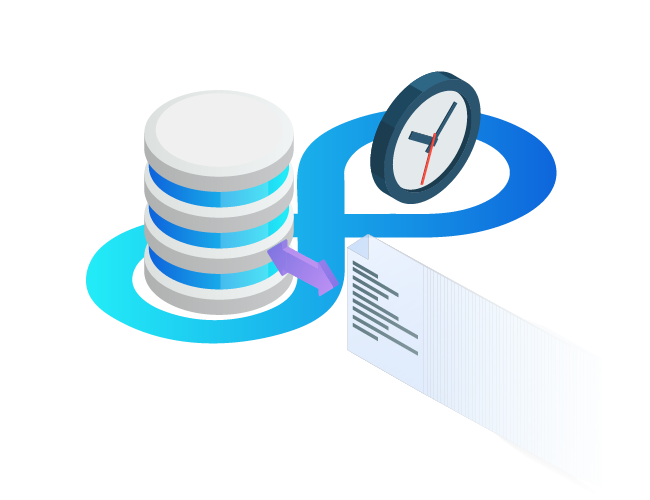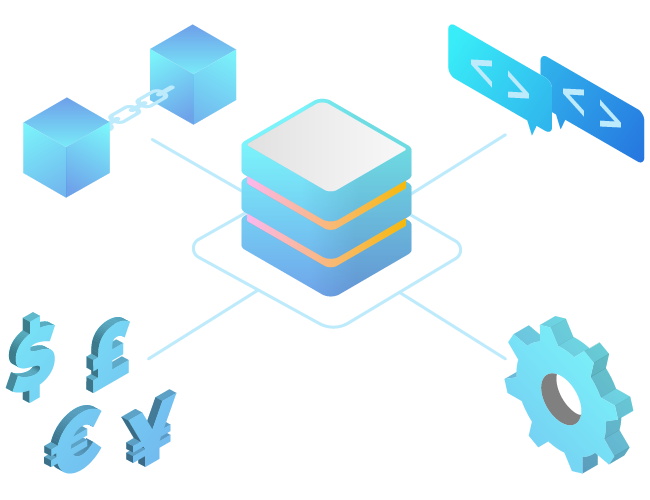
April 10, 2024
5 Challenges Cloud-native Infrastructure Can Help You Overcome

In my four decades of experience with information technology infrastructure, one of the most groundbreaking innovations I've encountered is the advent of cloud-native infrastructure in 2015, following years of working with hybrid models since 2006.
What sets cloud-native infrastructure apart is its ability to address longstanding challenges that have perplexed IT experts for decades. It introduced solutions to a myriad of existing problems, marking a significant milestone in the field.
While the advantages and benefits of migrating to cloud-native infrastructure are abundant, this article will delve into five critical challenges it effectively addresses:
- Enhancing Scalability of Software Solutions
The scalability of software solutions to meet both current peak loads and future growth has long been a challenge for IT managers. While scaling up was unattainable with physical servers, it wasn't a simple task with virtual environments either, often necessitating manual intervention from IT personnel.
Cloud-native infrastructure offers horizontal scalability features, enabling platforms to automatically adjust application instances in and out to accommodate fluctuating loads on operational days and future load growth.
With its hardware components being horizontally scalable, a cloud-native platform seamlessly expands by incorporating new server nodes. This scalability doesn't require compatibility with the originally used brands or models during the initial infrastructure setup.
- Streamlining Updates and Upgrades
For IT managers, one of the most daunting tasks is handling software solution updates and upgrades. These challenges predominantly arise within traditional physical and virtualized infrastructures.
Until recently, and even today for those yet to adopt a cloud-native infrastructure, software solution updates and upgrades have typically been treated as comprehensive projects requiring meticulous planning, budgeting and risk analysis. This poses a significant challenge for both customer organizations and software solution vendors.
The remarkable frequency of updates and upgrades at companies like Amazon, Netflix, Uber and Meta is a testament to their efficiency. This is largely attributed to these organizations leveraging a cloud-native infrastructure alongside cloud-native software technology stacks.
Embracing concepts of green/blue deployments, Continuous Integration and Continuous Delivery (CI/CD), staging pipelines and other cloud-native techniques and tools streamlines the process of updates and upgrades. While upgrades may still necessitate lighter-weight projects to manage, updates seamlessly integrate into normal day-to-day DevOps operational tasks.
- Reducing Infrastructure Building Costs
The undeniable reality of Moore's Law, stating that the number of transistors in an Integrated Circuit (IC) doubles approximately every two years, has consistently led to the emergence of increasingly powerful hardware on a biennial basis. However, as businesses strategically aim to build infrastructure that remains viable for at least five to seven years, they encounter the challenge that today's purchases may not suffice for tomorrow's escalating performance demands.
Traditionally, organizations faced the dilemma of having to completely replace existing hardware as workloads became more demanding in terms of power and storage. Furthermore, the lack of compatibility among solutions infrastructure from different vendors, stemming from differences in technologies and tools, posed another significant challenge.
With the advent of cloud-native infrastructure, organizations started to bridge the gap between strategic Return on Investment (ROI) goals and the potential evolution of hardware power and capacity dictated by Moore's Law.
By building a unified cloud-native platform that is horizontally scalable in terms of hardware components, organizations can start with current market-available hardware that adequately caters to existing workloads and performance requirements, without worrying about the necessity for imminent replacements. Instead, they can effortlessly expand the platform by scaling it out with new hardware elements at future costs.
Moreover, cloud-native infrastructure facilitates the sharing of infrastructure among multiple software solutions from different providers, regardless of the technologies employed by those providers, while still ensuring the segregation of namespaces necessary to comply with security policies.
- Cutting Operational and Maintenance Costs
The operational costs associated with managing, operating and maintaining an IT infrastructure remain a significant expense for any modern organization in the twenty-first century. As more solutions are implemented, the challenges continue to escalate. As organizations expand in terms of size and revenues, their IT infrastructure becomes increasingly sophisticated.
Transitioning to a cloud-native infrastructure not only reduces these costs by leveraging automation tools but also leads to a reduction in the number of IT operations personnel required to manage the entire IT infrastructure of enterprise-level organizations. Fewer personnel needed to operate a cloud-native environment experience greater efficiency and job satisfaction compared to large teams required to manage traditional platforms.
- Ensuring Service-Level Agreement Compliance
Downtime, response time, performance and throughput present significant challenges for nearly all organizations serving end consumers. Ensuring Service-Level Agreement (SLA) compliance ranks among the top priorities for service providers, especially in industries like financial services.
The availability of services is often a theoretical consideration, influenced by risk analysis, operational factors and budget constraints. Even a slight increase in availability, such as moving from 99.990% to 99.999%, can incur costs ranging from $100,000 to $2,000,000, depending on the service type.
However, with tools and techniques exclusive to cloud-native infrastructure, organizations can significantly reduce these costs to just a few thousand dollars, enabling them to meet SLA requirements more affordably.
The key lies in the horizontal scalability features of cloud-native platforms, coupled with robust automation and scripting tools.
Related Products





